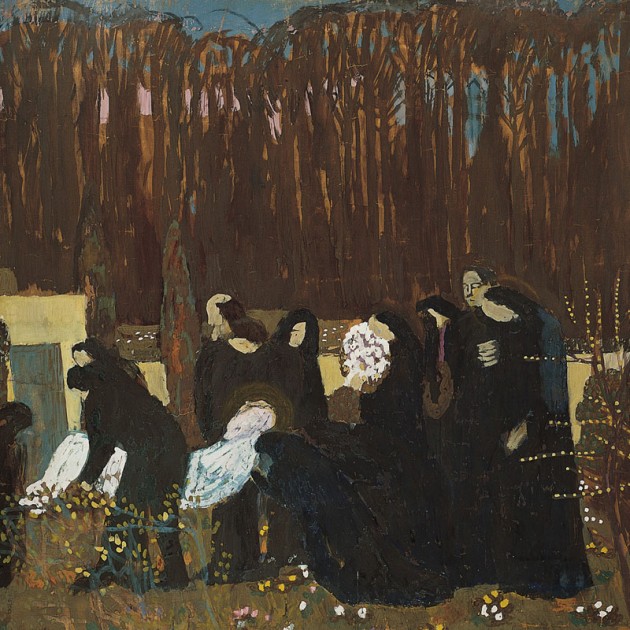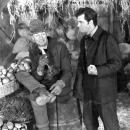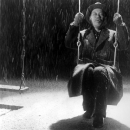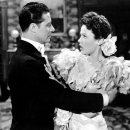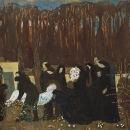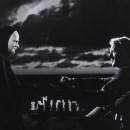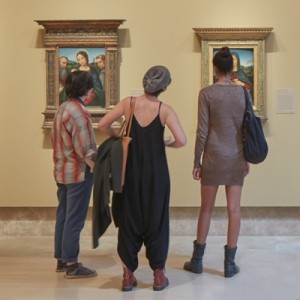R.I.P.: On Art and Mourning
Three thousand years ago, Egyptians shaved their eyebrows and wore yellow to show that a kinsman had recently died. The Greeks would place a wreath of flowers on the head of the deceased, a cake of wheat and honey in the hands to appease the porter of hell and a coin in the mouth to pay Charon for the ferry ride across the river Styx. Much like the Greeks, the Irish famously had wakes, with one window in the home kept open for three hours after the death to allow the spirit to be freed; mirrors were turned to face the walls, and clocks were stopped at the precise moment of death. In China, it is customary to give white or yellow chrysanthemums to the family of a deceased person; the Cherokee place an eagle feather on the body before its burial. The heartbreaking scene of a riderless or caparisoned horse following the casket in a funeral procession honors cowboys, fallen soldiers, military officers and U.S. presidents alike. The rider’s boots are placed backward in the stirrups to indicate that the deceased is looking back toward his life, comrades-in-arms and loved ones.
Today, funereal customs and methods of mourning vary from one region to another, reflect different beliefs in the afterlife and range from grief-stricken to raucous. What has not changed, however, is the raw emotion that accompanies loss, and the need to find comfort through friends, natural beauty and art. Tombstones are chiseled with emotive epitaphs and topped with symbolic urns, graves are bedecked with flowers on holidays and anniversaries, evocative poetry is recited; bagpipes, “Taps,” sacred hymns and favorite songs are performed at grave sites. SHOW MORE

